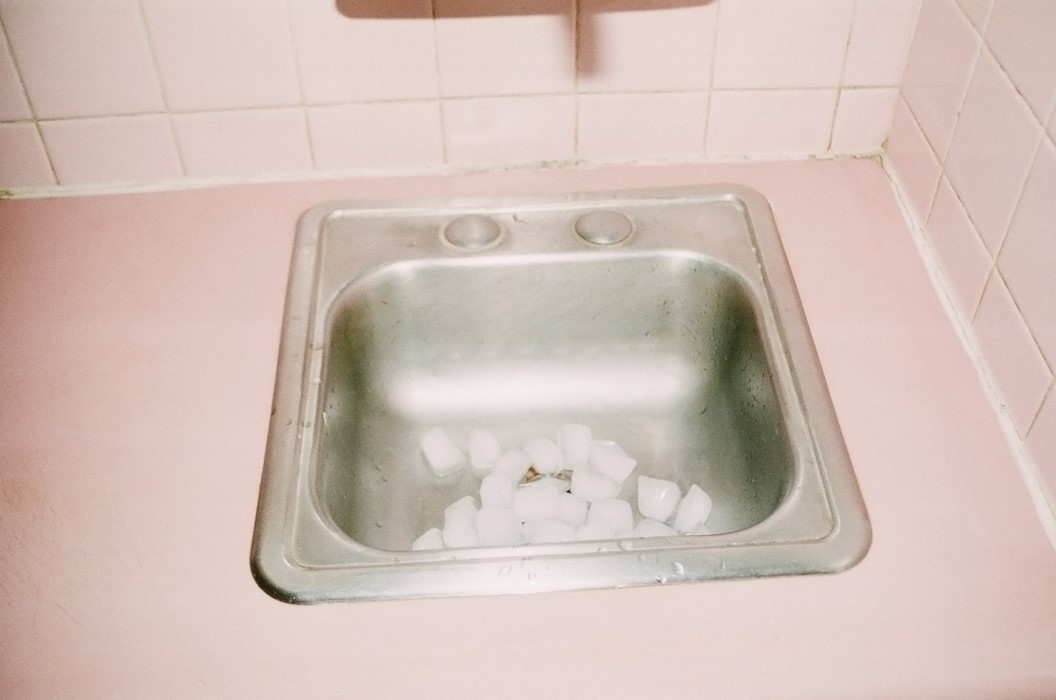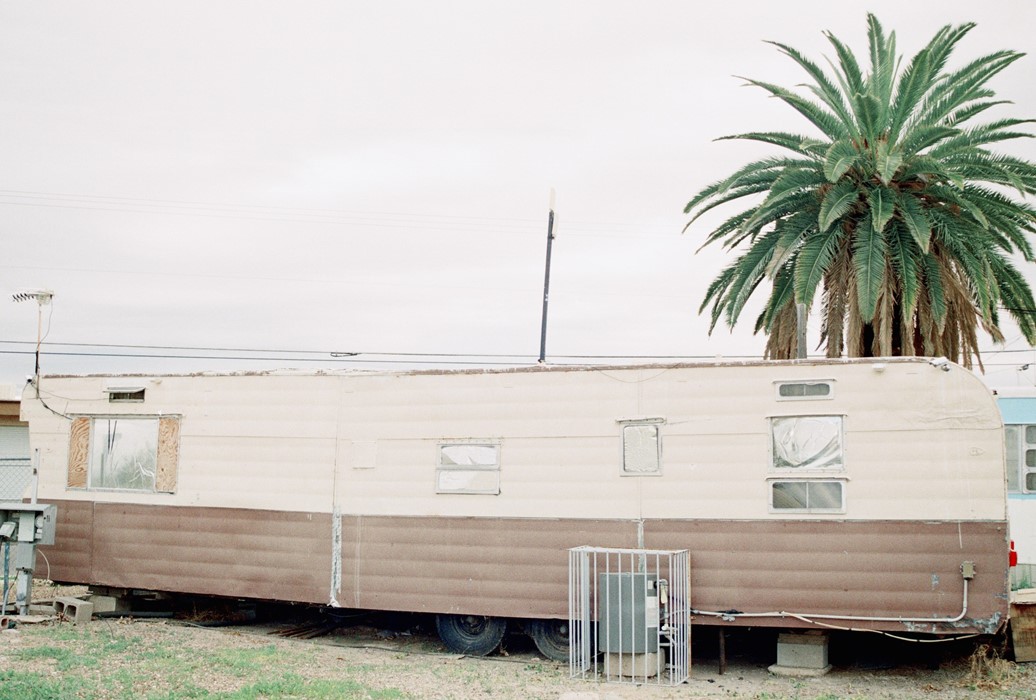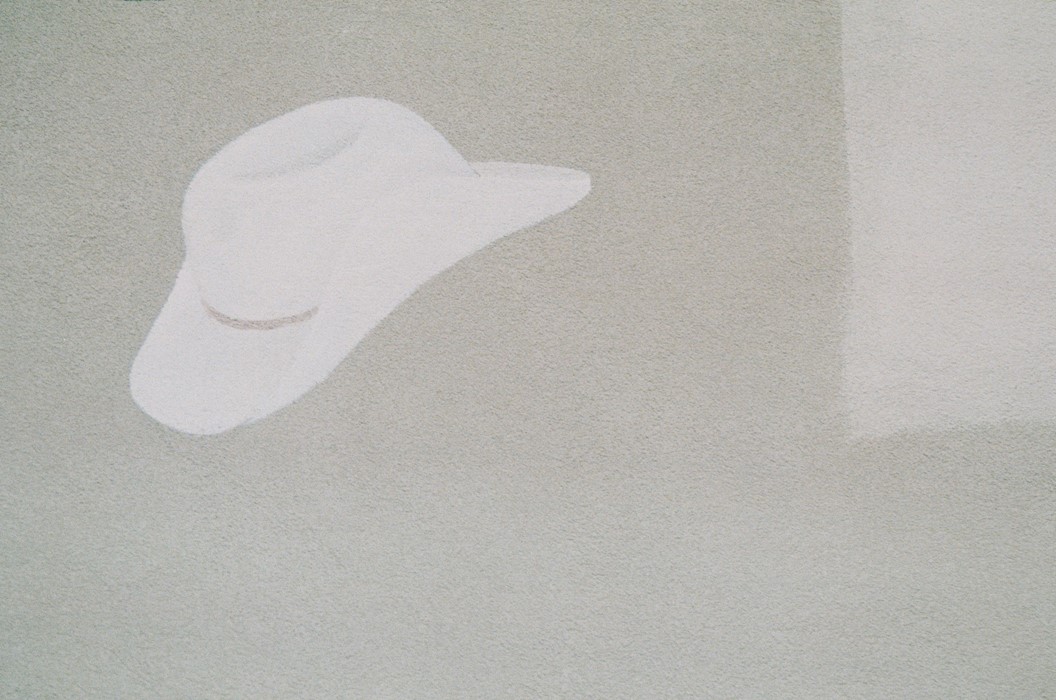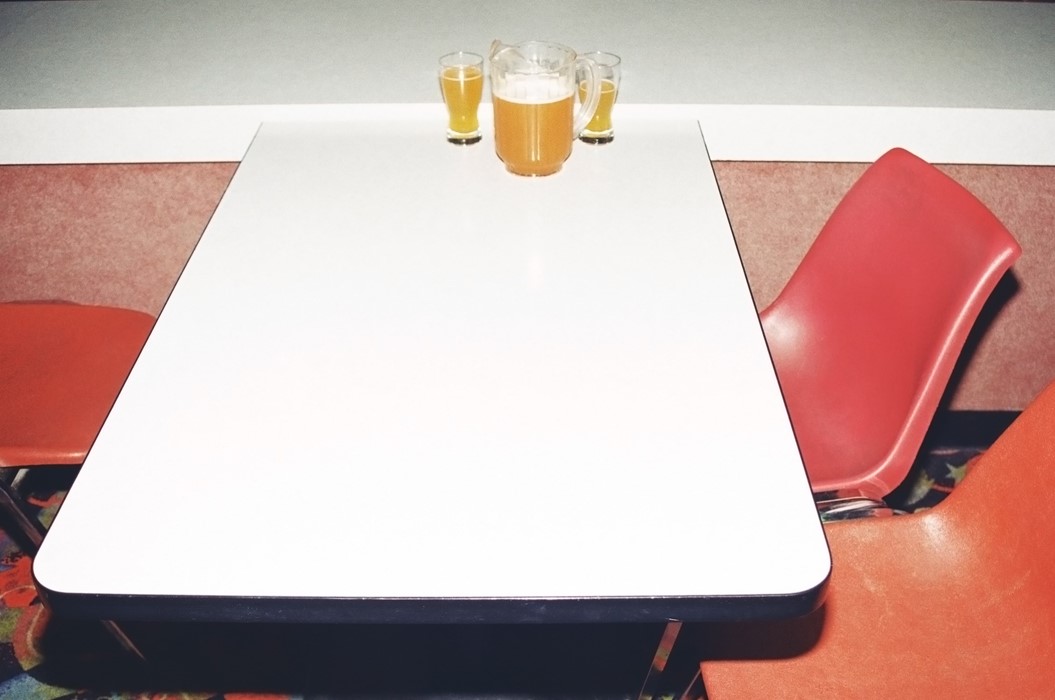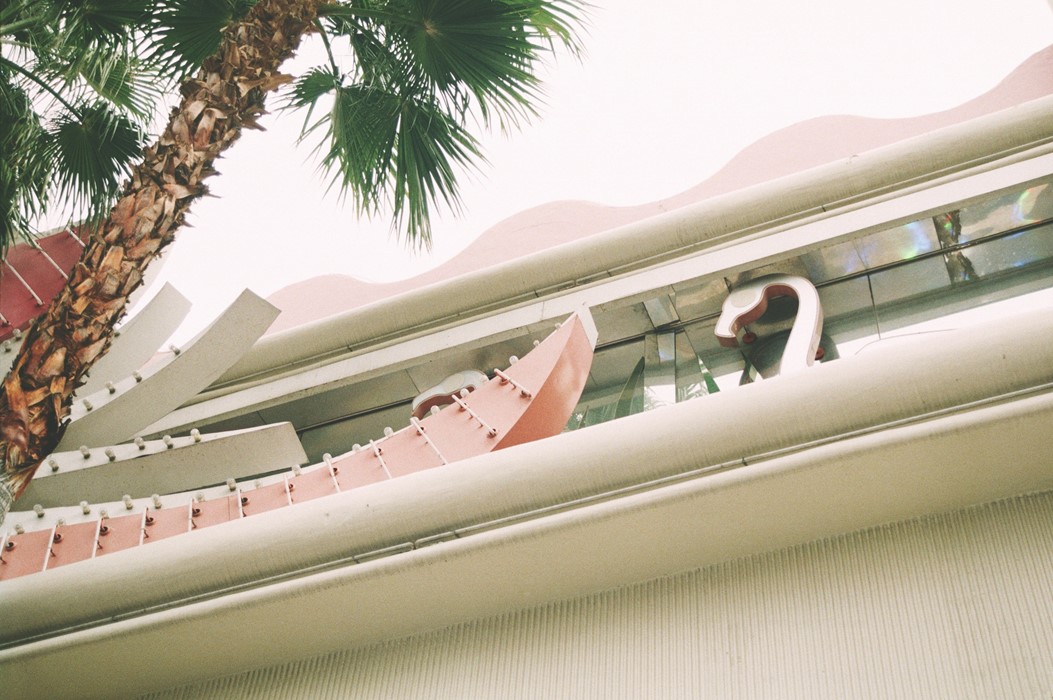The photographer’s dreamy series, Tonight Lounge, documents the Mexican border town
It was entirely by chance, due to a broken down Greyhound Bus in Arizona, that photographer Lorena Lohr first ended up in El Paso, Texas, a town that sits on the border of the US and Mexico. “It was very, very hot, over 100 degrees, and it didn’t seem to be moving anytime soon. So I thought that hitchhiking was the best idea,” Lohr tells AnOther over the phone. She was picked up by “a truck moving ice cream tubs from north to south,” she continues. “I got dropped off [in El Paso] and I had no idea what it would be like.”
El Paso is one of the Mexican border towns that Tonight Lounge, her photographic series documenting her travels on Greyhound Buses and Amtrak trains, focuses on; she has taken such trips every year since moving to New York in 2010. Shot on film, Lohr’s photographs are personal responses to the locale that she encountered en route, rendered in dreamy pastel hues with the requisite alluring haze that pairing analogue photography with the American southwest seems to necessitate.
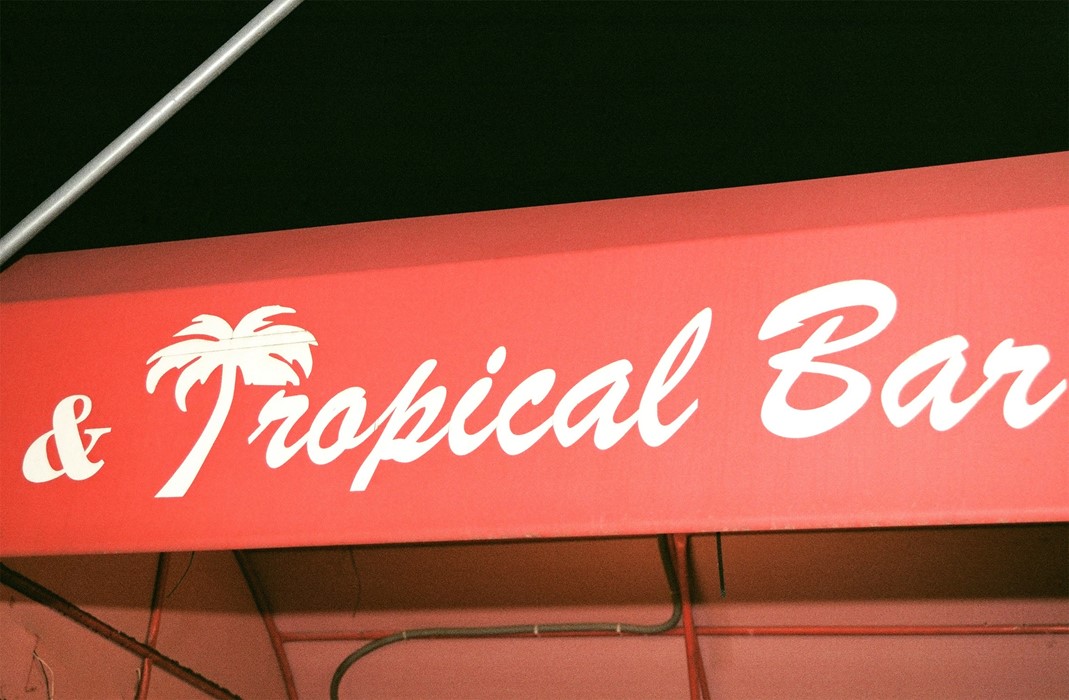
The hitchhiked journey that first landed Lohr in El Paso was fortuitous indeed, as the image-maker became enamoured with the city and has plans to return – as she has already, “about five times over the last ten years” – to undertake “an extended survey of it, because it’s a very special place”. “It’s a city that is unlike anywhere else,” she says. “It was built in the 1920s and 1930s, so there are so many kind of prosperous buildings which are very Deco, but that’s combined with a lot of Mexican storefronts. And there are a lot of small businesses around all these tall skyscrapers that look quite amazing too. I stayed in this hotel which was full of faded cowboys and Deco mirrors, and a diner which had Mexican cooking.” El Paso is also home to one of the Bridges of the Americas, the road structures connecting the United States and Mexico.
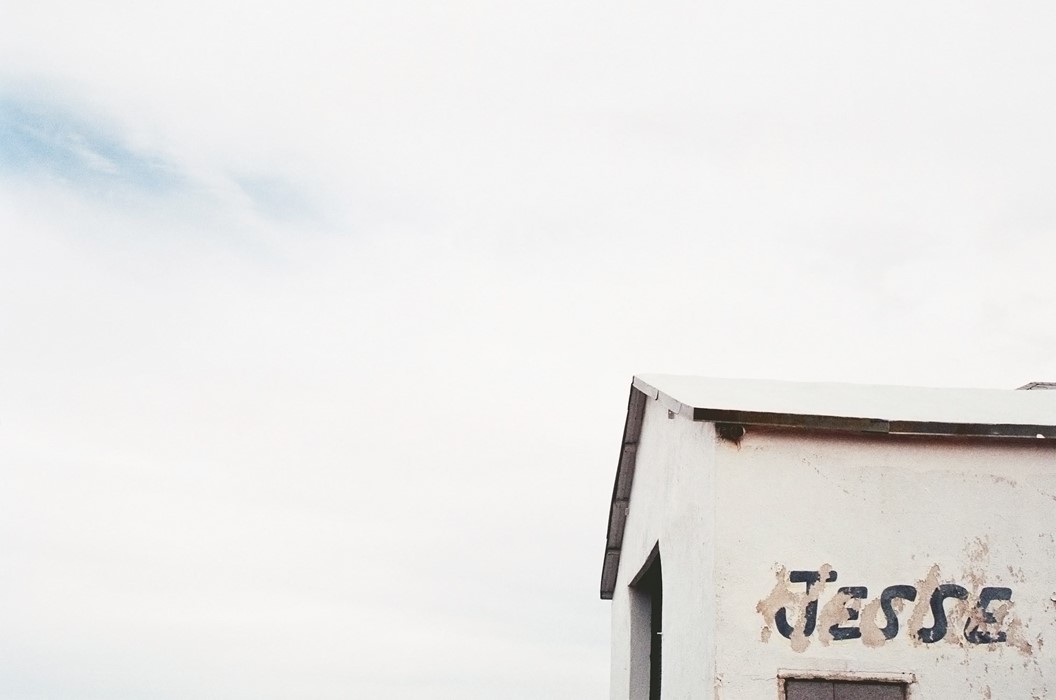
It's a magical place. “It’s all about walking around the town when you’re there. Because everything gets kind of magnified, and you end up interacting with people,” Lohr continues. “And even though the pictures don’t feature many people, there’s a kind of figurative quality about them.” Once Lohr points out the faint human presence in her images it’s hard not to see the traces of people: in the battered brown caravan, in the name ‘Jesse’ painted, but fading, on the side of a building, or in the table and red plastic chairs that are bare save for a pitcher and two glasses of an orange coloured drink. Pale blues, soft pinks and luscious greens dominate here, though without becoming saccharine. “I do have a particular eye for those colours, I guess; dusty pink, powdery colours. Everything’s been bleached a bit.”
